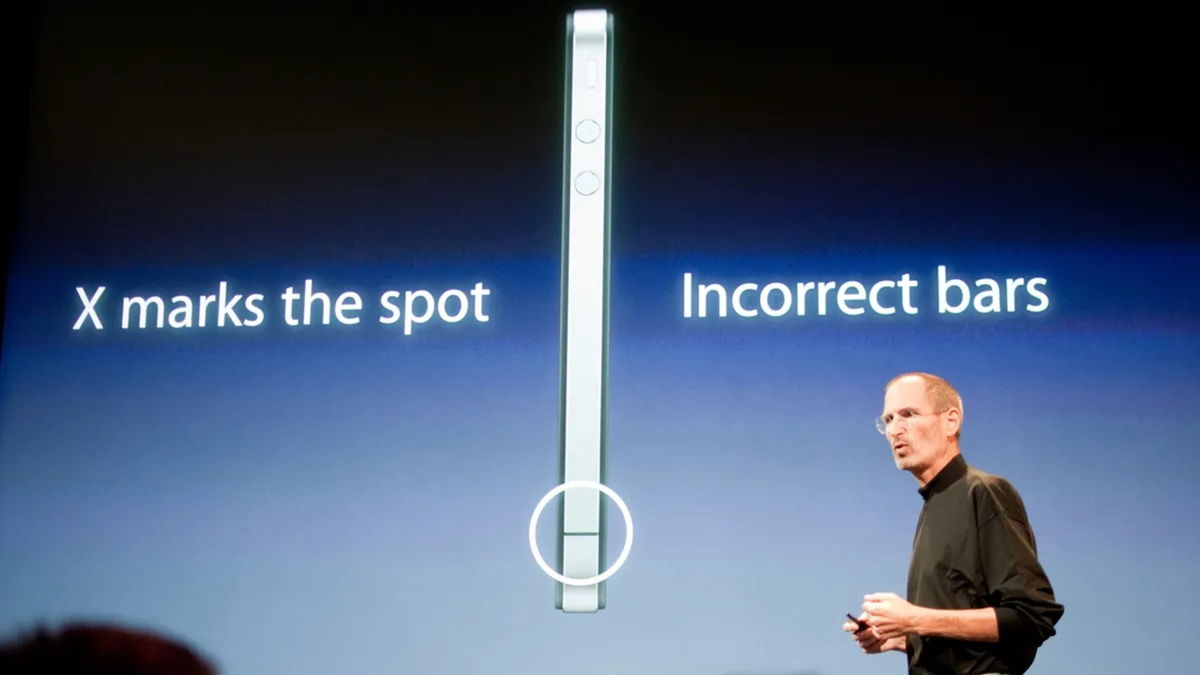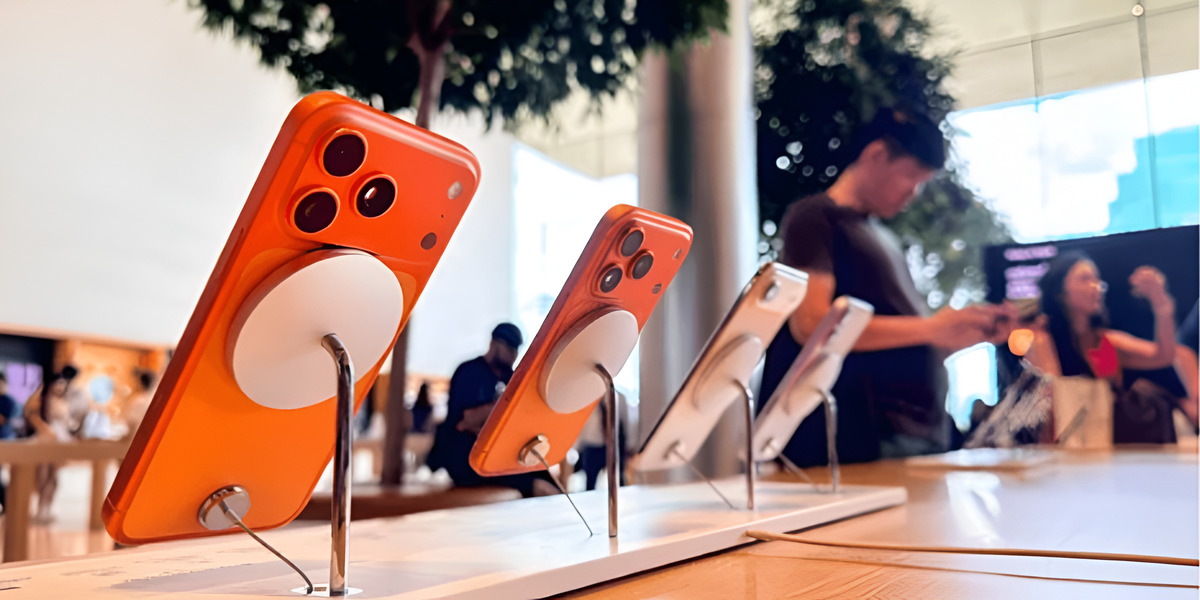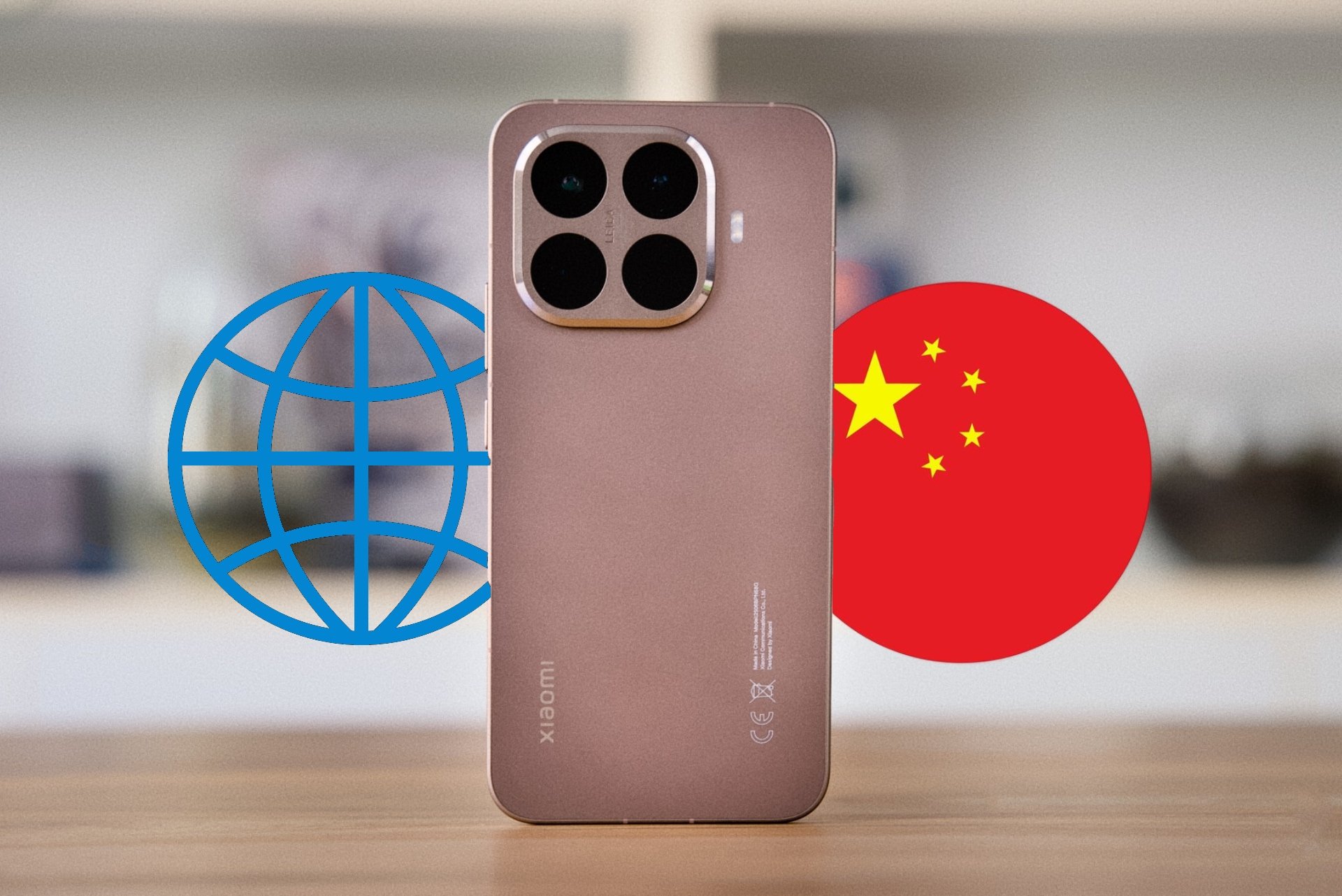In the world of photography and videography, there is no “wrong” way to take pictures. Both professional and amateur photographers have the freedom to experiment and be creative when taking photos or videos. However, Why do digital cameras and camera apps have grids? In this article we will tell you.
Grid function
While photography allows for free experimentation, there are certain standards that have been developed to create visually appealing compositions that are considered “good shots” in terms of aesthetics. One of these key principles is the use of grids, which are present in both digital cameras and mobile phone camera apps. These grids are designed to help align and organize elements in a balanced manner within a frame.
Grids divide the screen into nine equal rectangles or squares, creating a three-by-three pattern. This simple tool makes it easy to apply the famous “rule of thirds,” a composition technique that involves placing the focal points of an image, whether people, objects, or landscapes, along the lines or intersections of a grid.
The idea behind the rule of thirds is to leave two-thirds of the frame free, while the main subject occupies the remaining third. This way, the viewer’s attention is naturally drawn to the occupied area, achieving a more proportional image. This method is used in both professional photography and when taking everyday images on phones, as it improves the visual quality of the photos.
The Rule of Thirds in Practice

While the rule of thirds is very useful, it is not always necessary to follow it to the letter. In fact, breaking this rule can result in equally powerful and creative images. For example, in portrait photography, it is sometimes better to center the subject in the frame and zoom in (rather than align it to a grid), which creates a more direct connection between the viewer and the subject. By centering and zooming in on the subject, details of their face or expression stand out more, creating a greater emotional impact.
Another option is to center the subject but keep it at a distance, allowing the surrounding environment to play a major role in the composition. These techniques allow you to experiment with subject size, negative space, and symmetry, creating visually interesting and unique images.
However, the rule of thirds is still one of the best ways to achieve a balanced, visually pleasing composition, especially when you’re just starting out in photography or videography. If the image doesn’t turn out as expected, you can always go back to the grid to adjust the composition or reframe the shot.
Should you always use a grid?

Using a grid isn’t essential for all photographers, but it’s an invaluable tool, especially for those studying composition. With time and practice, many photographers begin to apply the rule of thirds intuitively, without having to constantly look at the grid. Despite this, a grid can still be useful in certain situations, such as when you need more precise framing or need to rearrange visual elements within an image.
Additionally, many cameras and apps allow you to turn the grid on or off based on user preference. This allows you to use it when needed and deactivate it when you are looking for more creative freedom or have reached an advanced level in composition.
Whether you follow the rule of thirds or decide to break it, grids can help you fine-tune and refine your image composition. Available in most cameras and apps, this tool is accessible to everyone, regardless of skill level.
Source: Digital Trends













